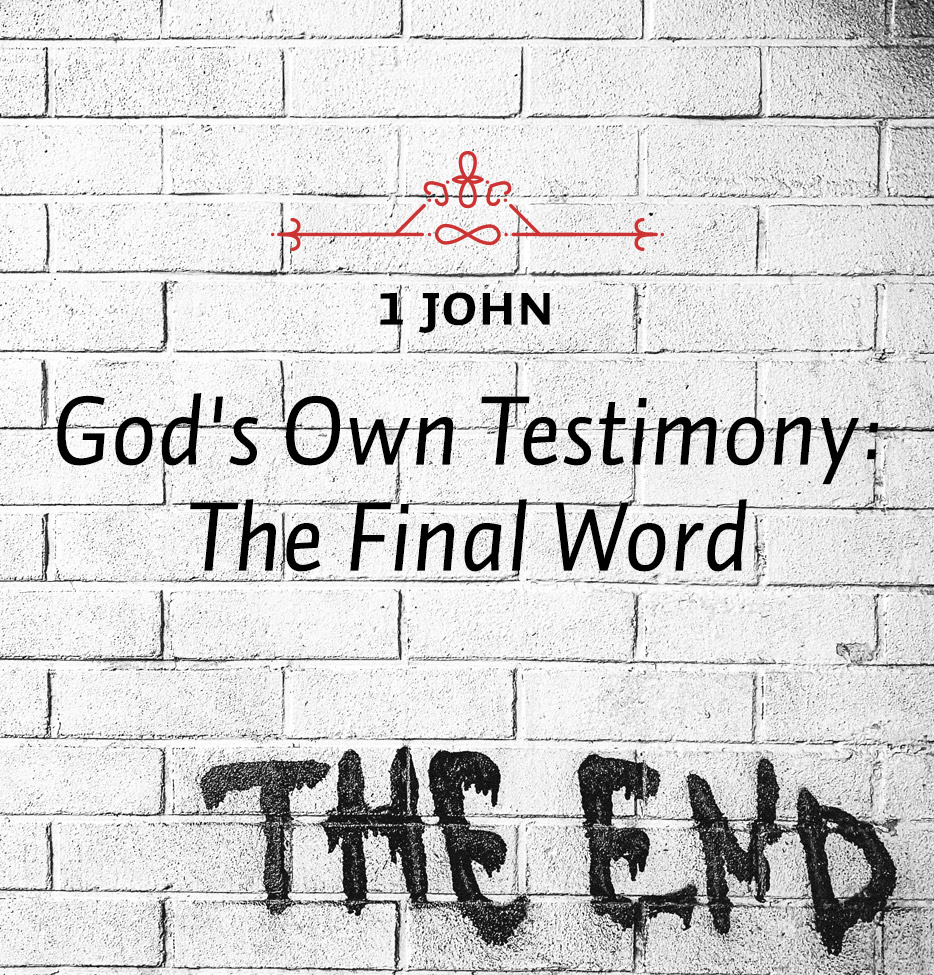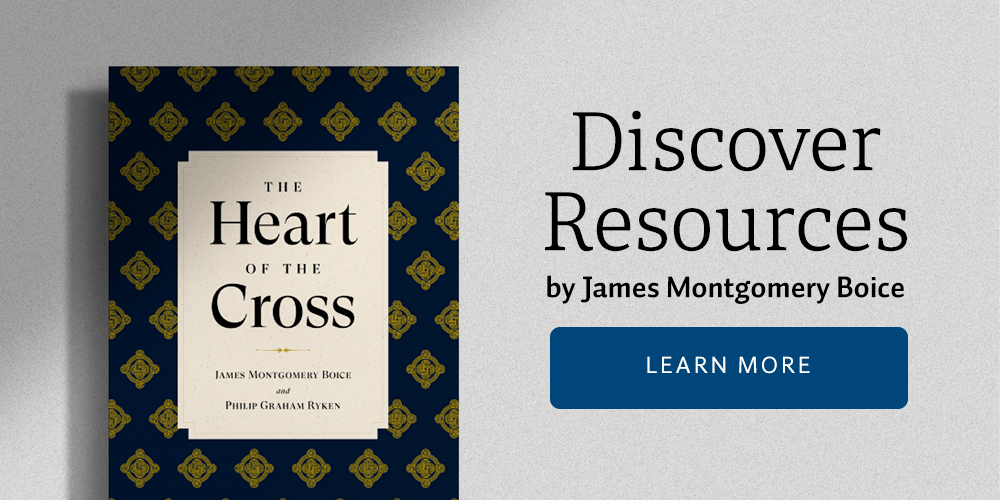The introduction to 1 John pointed out that three distinct purposes lie behind the writing of this letter: the need to encourage Christians in the assurance of their salvation, a desire to stress the historical groundings of the Christian faith, and a wish to reiterate and expound upon Christ’s new commandment. Most of the letter has been given over to the theme of Christian assurance, as we have seen. But the practice of Christ’s new commandment is one means by which assurance may be cultivated and established. Consequently, in the last of the preceding sections the need to love has been combined with both of the other tests to make up one comprehensive whole. With this behind him John seems now to take up the remaining theme once again—it has not been handled in and by itself since the preface—and join it to the others, thereby indicating that the historical data concerning Christ’s life and ministry are also the basis (perhaps even the ultimate basis) for the Christian’s assurance regarding salvation. To this God the Father bears a solemn witness.
There is a verbal connection with what precedes, however. For, since John has just spoken of belief in Jesus as the Christ and Son of God, it might well be asked at this point, “Upon what basis is such a momentous confession founded?” Or, to put it in other terms, “How does one arrive at such a conviction?” John’s answer is that belief in Jesus as the Christ is based upon evidence embodied in testimony that is borne to Him, to which he adds that ultimately such testimony is God’s. Therefore, to believe on Jesus is to believe God. To reject Jesus is to reject God and call Him a liar.
John does three things in this passage. First, he marshals witnesses to Jesus in which the testimony of the Father is found. Second, he contrasts the testimony of men with God’s testimony, stressing that God’s testimony is to be believed and trusted. Third, he sums up God’s testimony and joins it to a final statement of his purpose in writing the letter.
“This is the most perplexing passage in the Epistle and one of the most perplexing in the New Testament.”1 The difficulties exist for two reasons: first, the text itself and, second, the meaning of the phrases involving “water” and “blood.” Of the two, the first is the lesser problem. The second has produced a variety of interpretations even among the best of scholars.
The textual problem exists in the fact that from the Authorized Version (KJV) the whole of verse seven and the words “in earth” from verse eight should be deleted. Indeed, this has been done in the text of the Revised Standard Version, the New American Standard Bible, the New English Bible, the New International Version, and other modern versions. The idea of the three heavenly witnesses—the Father, the Word, and the Holy Spirit—occurs first in a treatise written by a Spanish Christian named Priscillian, sometime before his execution on a charge of heresy in A.D. 385. It was written into the margin of some old Latin manuscript and from thence passed into the text, being added to the Vulgate about A.D. 800. At this point the balancing words “in earth” were added to the authentic listing of the witnesses which followed.
How the error present only in Latin manuscripts got into our English texts is an interesting story, which we will look at tomorrow.
1A. Plummer, The Epistles of S. John (New York: Cambridge University Press, 1954), 157.






